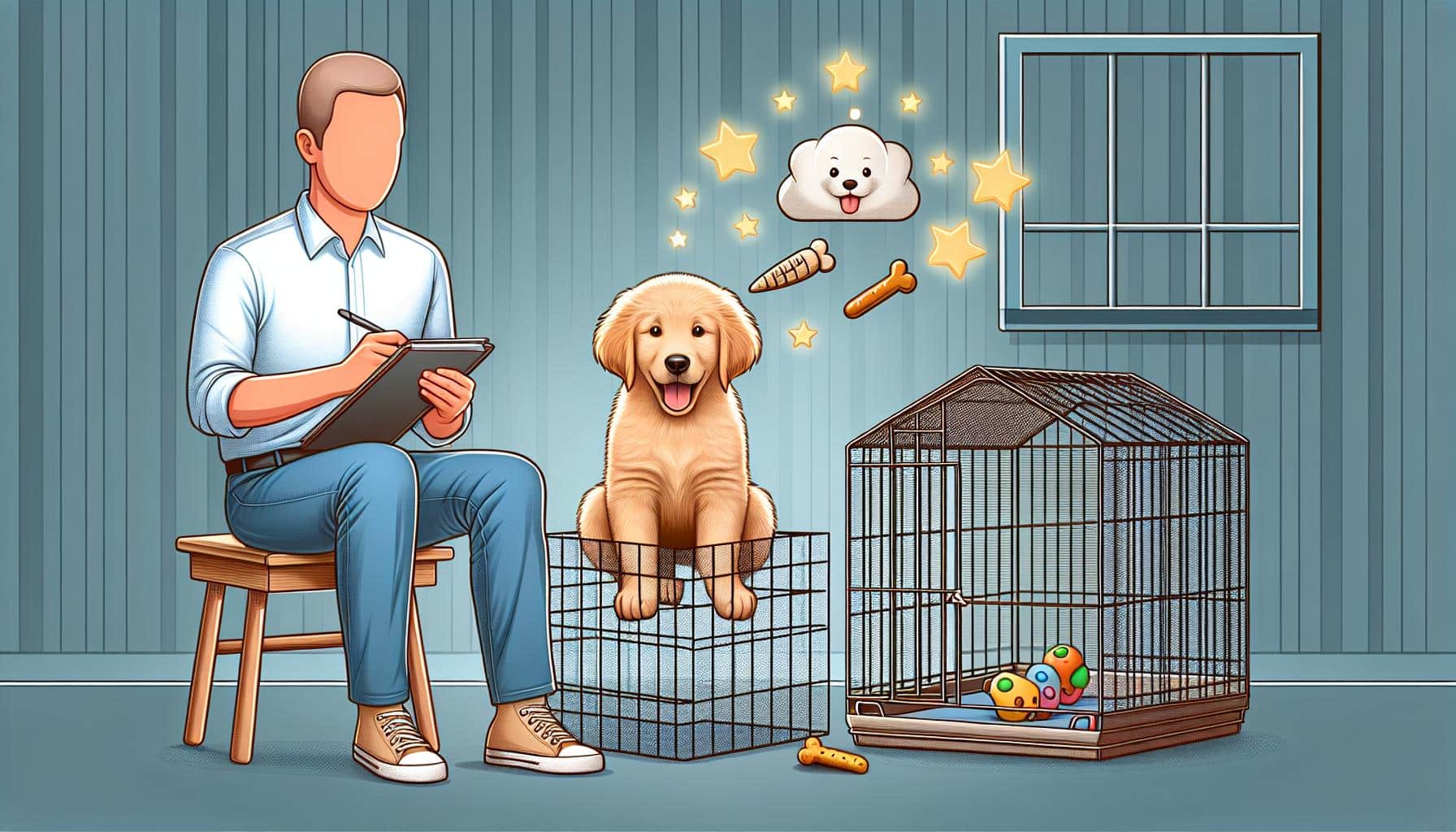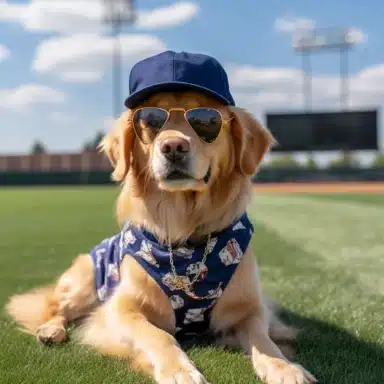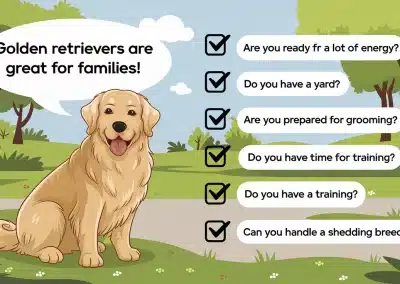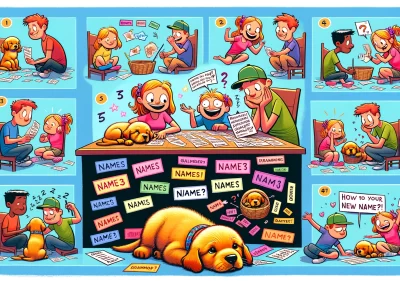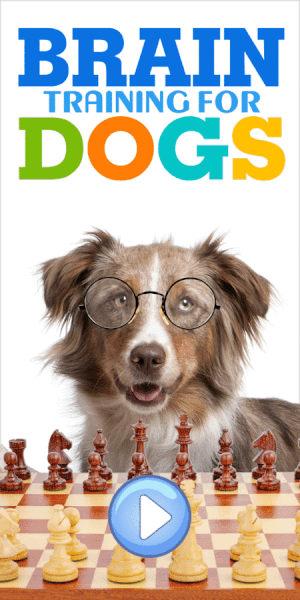Crate training a Golden Retriever puppy might seem daunting at first, but it’s a game-changer for both you and your fluffy companion. It’s not just about giving them a cozy spot to snooze; it’s about creating a safe haven where they feel secure and at ease. I’ve been down this road, and trust me, the journey is worth it.
When done right, crate training strengthens the bond between you and your puppy, teaching them valuable lessons about independence and patience. It’s also a lifesaver for housebreaking, preventing destructive behaviors, and ensuring their safety when you can’t keep a watchful eye on them. Let’s dive into how you can make crate training a positive experience for your golden bundle of joy.
Choosing the Right Crate
When I embarked on the journey of crate training my Golden Retriever puppy, I quickly realized the importance of selecting the perfect crate. Not all crates are created equal, and the right choice can significantly impact your puppy’s training experience.
Size is paramount. A crate should be spacious enough for your puppy to stand, turn around, and lie down comfortably. However, it shouldn’t be too large; too much space may encourage your puppy to use one end as a bathroom. As a rule of thumb, for Golden Retrievers, a 42-inch crate usually works well, but I always recommend checking the manufacturer’s size chart.
Material matters too. Most pet parents, including me, prefer metal wire crates for their durability and ample ventilation. These crates are great for adjusting the size with a divider panel, which is critical as your puppy grows. However, for those seeking a more aesthetically pleasing option, plastic and wooden crates blend in more seamlessly with home decor, offering a cozy den-like space for your puppy.
Ease of cleaning is another crucial factor. Trust me, accidents will happen, and a crate with a removable bottom tray simplifies the cleanup process significantly.
Lastly, consider portability. If you plan to travel with your puppy, a lightweight and collapsible crate might be the best option. This way, you can ensure your Golden Retriever’s comfort and safety on the go.
Through personal experience, I’ve learned that taking the time to choose the right crate is a crucial step in the crate training process.
Introducing the Crate

When it comes to crate training a Golden Retriever puppy, the introduction phase is incredibly important. I’ve found that making this initial experience as positive as possible sets the foundation for a smooth training process. Patience and positivity are key here.
I start by placing the crate in a central area of my home where my puppy spends a lot of time. This way, it doesn’t feel isolated or cut off from the family. Inside the crate, I make sure to include comfortable bedding, a few favorite toys, and occasionally, I’ll toss in some treats. This setup not only makes the crate inviting but also sparks curiosity in my Golden Retriever puppy, encouraging it to explore the space on its own terms.
Another strategy I’ve used is feeding my puppy meals near the crate, gradually moving the food bowl inside over time. This method associates the crate with positive experiences—mealtime being one of them. Moreover, I always keep the door open in the beginning to avoid any feelings of confinement or anxiety.
One crucial piece of advice I’ve learned is never to rush this process. Some puppies may take to the crate immediately, while others need a bit more time. I’ve had success by gradually increasing the time my puppy spends in the crate, starting with just a few minutes and extending it as my pup becomes more comfortable.
Through this methodical and gentle introduction, I’ve noticed my Golden Retriever puppy beginning to view the crate as a safe, cozy space it can retreat to willingly. Transitioning from this foundational phase to more structured crate training becomes much smoother with these positive associations in place.
Making the Crate a Positive Space

When crate training your Golden Retriever puppy, I’ve found it’s crucial to transform the crate into a haven where your pup feels safe, secure, and happy. To make the crate a positive space, I’ve employed several strategies that have proven effective in my experience, backed by fellow Golden Retriever enthusiasts across the US.
First off, ensuring the crate is comfortable is a top priority. I always opt for soft, appealing bedding that invites my puppy to snuggle and settle down. Additionally, incorporating favorite toys and chewable can significantly enhance the crate’s appeal. These items not only provide comfort but also entertainment, helping your pup associate the crate with positive experiences.
Another key element is introducing special crate-only treats. I’ve discovered that offering treats my puppy only receives when inside the crate creates a powerful incentive. This technique has helped reinforce positive associations and encourage voluntary crate time.
Lastly, it’s important to keep the crate in a socially significant area of your home. Golden Retrievers are social animals by nature, so placing the crate in a room where the family spends a lot of time ensures your puppy doesn’t feel isolated. This setup has greatly aided in alleviating potential anxiety and fostering a sense of belonging.
By focusing on comfort, entertainment, positive reinforcement, and social inclusion, the crate becomes more than just a training tool—it becomes a sanctuary for your Golden Retriever puppy. These steps have been instrumental in my journey of crate training, creating a smooth and pleasant experience for both my puppy and me.
Crate Training Schedule

When I first embarked on crate training my Golden Retriever puppy, I realized the importance of a structured schedule. Consistency is key. Here’s how I tailored our day to ensure both comfort and routine for my furry friend.
Early morning is crucial. I start by taking my puppy outside immediately after waking up. This habit has been instrumental in establishing a potty routine, which is essential during the early stages of crate training. Breakfast follows shortly after our morning outing, with another opportunity for a bathroom break right before I direct him back into the crate.
Midday marks playtime and lunch. Given that puppies have abundant energy, I allocate ample time for play to ensure he’s tired before heading back into the crate. This is coupled with a quick meal and another bathroom break.
Evening routines mirror the morning, with necessary adjustments. Dinner comes first, followed by a calm play session to wind down the day. The last potty break right before bedtime is non-negotiable to ensure a comfortable night’s sleep.
Here’s a simplified breakdown of our daily crate training schedule:
| Time | Activity |
|---|---|
| Early Morning | Potty Break + Breakfast |
| Midday | Playtime + Lunch + Potty Break |
| Evening | Dinner + Playtime + Potty Break |
Integrating the crate as a positive, comforting environment within this schedule has markedly eased the training process. By associating the crate with positive experiences – play, rest, and treats – my Golden Retriever has grown to view it as his sanctuary. Consistency in this routine fosters not only training success but also a deep bond between us, making the entire journey rewarding.
Gradual Alone Time
Teaching my Golden Retriever puppy to embrace alone time in the crate is a critical step I can’t overlook. I start by leaving the room for short periods, gradually increasing the time as my puppy gets more comfortable. It’s a slow process, but patience pays off. Initially, I step out of sight for just a few minutes, ensuring I return before any signs of distress.
I’ve learned it’s key to avoid making a big deal out of departures and arrivals. This strategy helps in preventing separation anxiety, a common challenge among puppies. My goal is to make these transitions as smooth as possible, reinforcing the notion that being alone isn’t a negative experience.
To make this process easier, I always ensure my puppy has been exercised and has had a potty break before any extended crate time. A tired puppy is more likely to rest peacefully than one brimming with unused energy.
Incorporating toys and treats that are only available during crate time can also make a significant difference. These special items become something my puppy looks forward to, associating crate time with positive experiences. Slowly but surely, the crate becomes a place of comfort even in my absence.
I track our progress, noting how long my puppy can comfortably stay in the crate alone without showing signs of anxiety or distress. This ongoing evaluation allows me to adjust our routine as needed, always aiming for a happy and well-adjusted Golden Retriever.
Conclusion
Mastering crate training for your Golden Retriever puppy doesn’t happen overnight. It’s a journey that requires dedication, understanding, and a whole lot of love. Remember, the goal is to make the crate a safe haven, not a place of isolation. By following the steps I’ve outlined, you’re setting the stage for a lifetime of happiness and security for your furry friend. It’s about creating a positive environment where your puppy feels comfortable and secure, even when you’re not around. Keep at it, stay patient, and soon, you’ll see the fruits of your labor—a confident, well-adjusted Golden Retriever who sees their crate as their personal retreat. Happy training!

